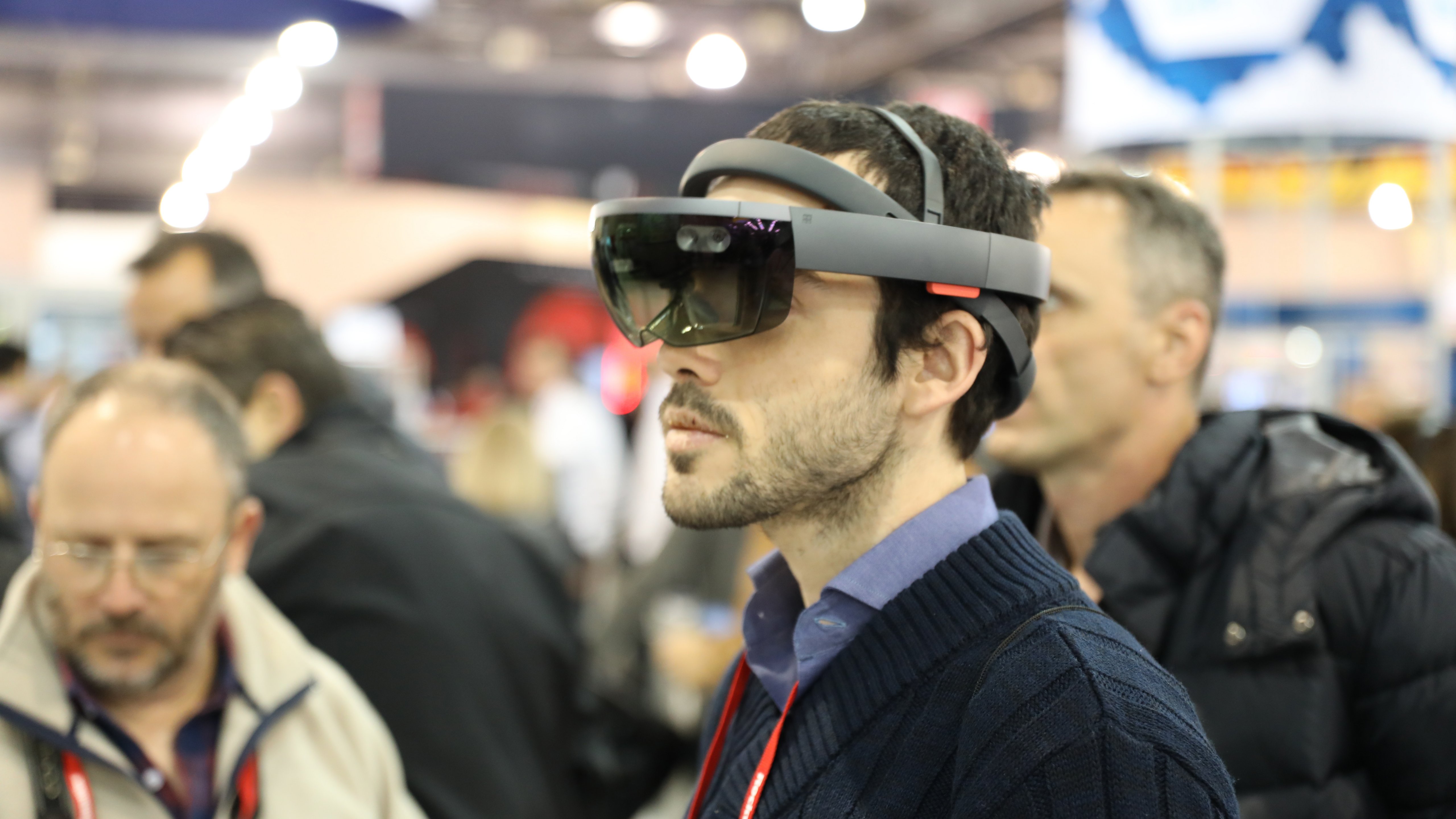Recommended For You
As innovation filters through various areas of our lives, it’s no surprise to see the growing appeal of emerging technologies in manufacturing processes. Deploying intuitive devices such as wearables and smartphones in factory environments supports efficiency goals and helps leaders to push the boundaries of their operating models. The challenge isn’t whether the technologies’ features are impressive in their own right, but which specific use cases and pain points they target.
Predictably, it’s those manufacturers that are able to operationalise new technologies and make them a natural and integral part of how they do business that are really reaping the benefits. The good news? Emerging technologies such as smart glasses and augmented reality (AR), which have been on the cusp of widespread adoption for some time, are now at the enterprise-ready stage of their maturity.
SN Maschinenbau’s Story
We’ve seen this accelerating trend first-hand at SN Maschinenbau, as innovative technologies have helped to fuel our rapid growth. Founded in 2008, our company provides packaging machine solutions to industries such as food & beverages, pet food, seeds, cosmetics and pharmaceutical products. We’ve grown from a team of five in Germany to a global company of 265 employees with massive ambitions.
Fast growth, however, brings its own unique set of challenges. Our machines occasionally need hands-on servicing to avoid equipment downtime. That isn’t so easy when the relevant expert is in our headquarters in Germany and the customer is thousands of kilometres away, in places like Australia, China or Russia.
Another challenge we often face is identifying who the right expert is to deal with a specific issue. There’s a huge cost risk of sending an expert out to a site only to find that there’s a different set of skills required.
It’s in addressing these issues that we’ve found unique solutions through smart glasses and AR technologies.
Implementing Remote Capabilities
We first came to adopt remote technologies four years ago. We were seeking a way to better serve our customers, regardless of where they’re based. We noted that often, after we’ve installed packaging solutions for customers, it takes a few days of using the equipment before the customer has specific questions to ask. So, it’s better that they have easy access to our consultants post-installation.
In order to reduce the manual demands on our experts, our selection of technologies has been targeted based on what’s been simple to set up and use. Specifically, we’ve found:
- Using smart glasses, we can offer over-the-shoulder services to customers. If the customer is having an issue, they can get fast access to one of our experts, who can see what they’re seeing and talk them through resolving the issue.
- Through AR and 3D drawing capabilities we can help customers to build up a bank of resources detailing how to handle issues. The images can be accessed on a smart phone or tablet, with markings and instructions to show what needs to be done. These images can be shared between employees across locations, and accessed at any time, giving the customer greater autonomy in using the machinery.
These technologies have improved massively over recent years, offering better data connections and strong security. Their appeal has also been driven recently by the realities of COVID-19, such as restrictions on travel and distancing on shop floors.
There have been several key benefits that we’ve experienced from providing remote services to customers:
1. Massive cost savings on travel. Experts can perform diagnostic tests from our base in Germany, meaning that on-site visits are reserved for more complex problems.
2. Targeted troubleshooting. We’re better able to allocate the right expert to a problem. Our remote testing helps us get to the heart of the issue and decide which specific skills are required with much greater speed and accuracy.
3. Greater accuracy and transparency. Using detailed reports, we’re in a better position to show the client what we’ve done and what value our experts have delivered.
4. pskilling our customers. We’re able to help customers develop their internal knowledge and troubleshooting in managing the equipment.
5. Improved service quality. We’re there for our customers whenever we’re needed, often at short notice and with a quick turnaround.
Visualising the Future
The nature of customer service in manufacturing is destined to change over the coming years. Manufacturers want more efficient ways to serve their customers. While customers want access to experts right when support is needed – so as to avoid costly downtime.
Delivering remote services produces benefits for both sides, and in the aftermath of COVID-19 this way of working has even greater appeal. Based on our experience, I personally believe that AR will soon become so normal that it will be delivered in all manufacturing machinery as standard.
To architect remote capabilities correctly requires the right network. It’s in this respect that we’ve found working with Rockwell Automation and PTC to be particularly valuable. They’ve not only helped us to identify the most robust technologies. They’ve also shown us how to implement them in a way that makes it easy for our staff to adopt, and for our customers to use.
If you’re interested in more smart solutions, providing the means to run a more efficient operating model and reduce customer service costs, see what we can do for you.
Published September 9, 2020


